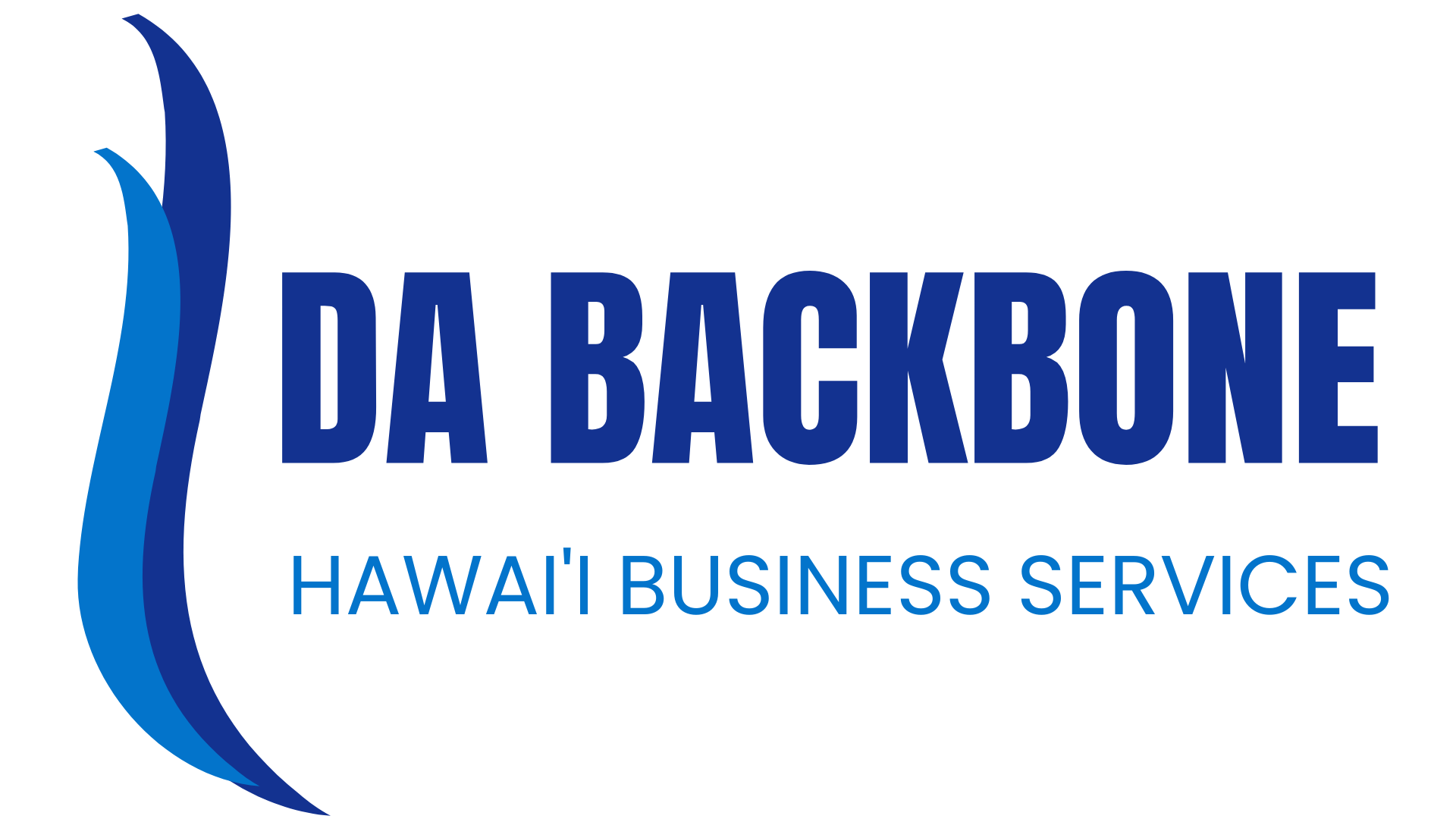PAU HANA
Resources, tips, and best practices for Hawai'i-based businesses

Key Elements of a High-Converting Website
Key Elements of a High-Converting Website
Have you ever visited a website and felt immediately compelled to take action? Whether it was signing up for a newsletter or making a purchase, that website had something special—a mix of design, functionality, and psychology working together to convert visitors into loyal customers. That’s the power of a high-converting website. But what exactly makes a website capable of delivering such results? Let’s dive in.
The Foundation of a High-Converting Website
User-Centric Design
At the heart of any successful website is the user. A user-centric design ensures visitors can quickly and effortlessly find what they’re looking for. Simplicity, clarity, and an intuitive layout are key. Mobile responsiveness is non-negotiable, as more than half of web traffic comes from mobile devices.
Fast Loading Speed
A slow website is a conversion killer. Studies show that 53% of users abandon a site if it takes longer than three seconds to load. Optimize images, leverage caching, and use tools like Google PageSpeed Insights to keep your site lightning-fast.
Clear Value Proposition
When visitors land on your site, they should immediately understand what you offer and why it’s valuable. Craft a concise, compelling value proposition that hooks visitors within seconds. For example, “Fresh, Organic Meal Plans Delivered to Your Door” is much more engaging than “We Deliver Meals.”
Structuring for Conversions
Intuitive Navigation
Your website should guide users seamlessly. Logical menus, clear categories, and breadcrumbs enhance user experience and reduce frustration. Think of navigation as a roadmap—easy to follow with no dead ends.
Engaging Call-to-Actions (CTAs)
CTAs are the linchpins of conversion. Strategically place CTAs above the fold, in the middle of content, and at the end. Use action-oriented language like “Get Started Now” or “Claim Your Free Trial.” Experiment with A/B testing to see which CTAs resonate most.
SEO Optimization
High-converting websites attract traffic, and SEO plays a pivotal role. From keyword optimization to building backlinks, ensure your site is discoverable. Don’t forget on-page elements like meta descriptions, header tags, and alt text for images.
Building Trust and Credibility
Social Proof
Trust is a major factor in conversions. Include testimonials, reviews, and case studies to build credibility. Real stories from real people resonate far more than generic claims.
Security Features
No one will transact on a website they don’t trust. Secure your site with SSL certificates and ensure payment gateways are encrypted. Display trust badges prominently to reassure visitors.
About Us Page
An often-overlooked element, the About Us page can humanize your brand. Share your mission, values, and the faces behind your business. A transparent story builds a deeper connection with visitors.
Enhancing Engagement
High-Quality Content
Content isn’t just king—it’s the whole kingdom. Publish blog posts, videos, and infographics that educate, entertain, and engage your audience. Quality content keeps visitors returning and improves your search rankings.
Personalization
People love experiences tailored to their preferences. Use tools like dynamic content or personalized email recommendations to make visitors feel valued. A little personalization goes a long way.
Monitoring and Optimization
Analytics Tools
You can’t improve what you don’t measure. Tools like Google Analytics or Hotjar reveal where visitors spend time on your site, which pages perform best, and what needs improvement. Use these insights to fine-tune your approach.
A/B Testing
Never stop testing. Whether it’s a headline, image, or CTA, A/B testing helps you determine what resonates best with your audience. For instance, testing button colors could boost clicks by a surprising percentage.
Conclusion
A high-converting website isn’t built overnight, but by focusing on the key elements discussed—design, speed, trust, and engagement—you’ll be well on your way to creating a site that not only attracts visitors but turns them into loyal customers. Remember, continuous improvement is the secret sauce to long-term success.
FAQs
1. What is a high-converting website?
A high-converting website is one that effectively turns visitors into customers, subscribers, or leads by optimizing user experience, trust, and engagement.
2. How can I make my website faster?
Optimize images, leverage browser caching, and use content delivery networks (CDNs) to reduce load times.
3. Why is SEO important for conversions?
SEO drives organic traffic to your site. More visitors mean more opportunities to convert them into paying customers.
4. What are the best tools for A/B testing?
Popular tools include Optimizely, VWO, and Google Optimize. These help test and analyze different elements of your site.
5. How often should I update my website?
Regular updates are essential. Aim to refresh content monthly, monitor analytics weekly, and perform a full audit annually.
Get in Touch
We would love to hear from you! If you have any questions about our services or would like to schedule a consultation, please don't hesitate to reach out to us by submitting the form.

